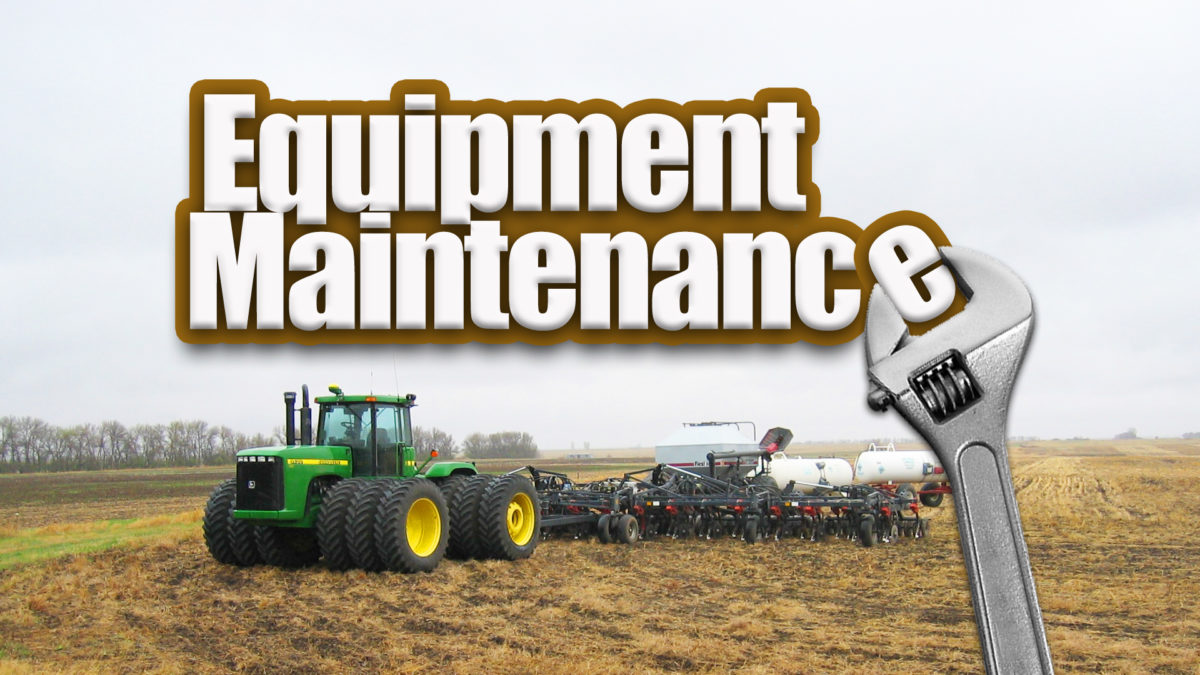TIFTON, GA – Let’s face it, there’s not much worse than being in the middle of something and then having to stop and fix your equipment. Believe me, been there, done that. So, in order to try and help not make that happen, I recently traveled down to Tifton to talk with a UGA extension specialist about the importance of getting your planter and irrigation systems prepared for the upcoming season.
Wesley Porter, Extension Precision Ag and Irrigation Specialist with the University of Georgia says, “if we get out there and have a breakdown with this piece of equipment or have issues with this piece of equipment, it’s really going to cripple us moving into the year. So, if we have a bearing go out, we have a seed meter system fail, we notice we have a problem somewhere else in this system, and we’re going to take two or three days to get it fixed or time to parts in, then we got to pull it back to the shop to get it fixed, that’s critical lost time.”
Here in Georgia, time is very important, as windows for planting are sometimes slim with our unpredictable shifts in weather.
“We feel like we have extremely variable weather, very few good days to get planted, so we’re already kind of in a hurry,” says Porter.
For the planter, the things you really want to focus on are the depth and down force settings and also the seed meter performance.
“We want to make sure our seed meters are actually singulating the way they’re actually supposed to, they’re dropping the correct number of seeds, that we’re not pulling too many doubles in there, too many skips or misses in there,” says Porter. “You have to have the proper downforce set to maintain that depth. If we have too light of a downforce, and too hard of a soil type or too dry of a soil type, we’re going to be too shallow of a depth.”
Perhaps the most important thing you want to make sure is running properly is your irrigation system.
Porter says, “It’s very critical from an irrigated standpoint that we have this system up and running to par prior to going out to the field and planting and trying to irrigate the system. If we try to turn on the irrigation system after we’ve got our crop in the ground, and we determine at that point we kind of have a bad failure, we’re going to get behind on our irrigation and could cause major crop issues.”
For those irrigation systems, you mainly want to focus on making sure there are no leaks and that the nozzles are working properly.
“So, a lot of times, we do see a lot of leaks on these systems, whether those leaks are occurring at the boots of the pivots, whether they’re occurring at nozzles, sprinklers that have fallen off, been broken, or busted, etc., that’s a very easy fix. If you see those leaks right now, go ahead and get those fixed, because usually they’ll translate to issues in yield in the field,” says Porter.
This may seem like a lot of extra steps, but it could save you a lot of time and possibly even a good bit of money later on into the season. If you find it difficult to find time to do this before the season starts, doing it after is also a good option.
“You’ll know if you’re having little problems with some of the parts in there; it’s fresh on your mind,” says Porter. “Go ahead and get those replaced at that time, get those serviced, maintenance, whatever else need to be done. Then when we pull it out in the spring time, there’s not as much to do, just some light greasing and stuff like that.”
Some of this can be difficult and maybe even confusing if you’re not familiar with it, but all hope is not lost.
“I would strongly encourage you if you have any questions or you kind of have a second guess about what’s going on with this piece of equipment, contact your local county extension agent and have them kind of do a look over with you and talk to you about checking the components and of course you can always go back to your local dealer that you purchased the equipment from,” says Porter.
For a step by step checklist, click here.
By: John Holcomb

